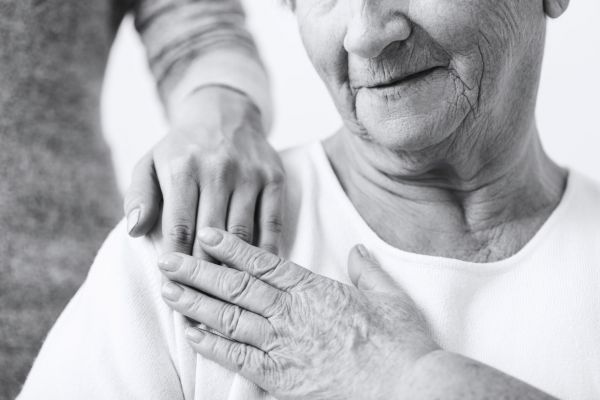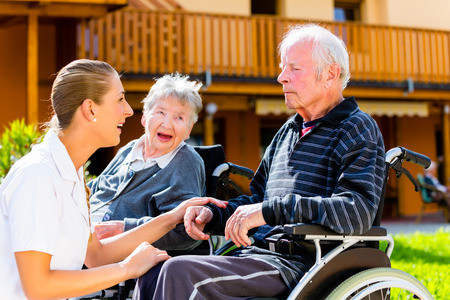Save Up to 15% a Year from your Salary: The Benefits of Direct Employment for Caregivers
Read More...
Safe Transfers: A Guide for Caregivers on Moving Elderly Patients from Bed to Wheelchair and Vice Versa
iSavta | 13.02.2023
Properly transferring a dependent elderly patient from a bed to a wheelchair, and vice versa, is important for maintaining their safety and preventing injury. Here are some key steps to follow when performing these transfers:
- Before beginning the transfer, make sure that the patient is properly positioned in the bed or wheelchair. This means that they should be sitting up with their feet flat on the floor and their back against the backrest.
- If transferring from a bed to a wheelchair, use a gait belt to secure the patient around the waist. This will provide additional support and stability during the transfer.
- Position the wheelchair next to the bed, with the footrests of the wheelchair facing the bed.
- For transferring from a bed to a wheelchair, have the patient scoot to the edge of the bed and then place their hands on the bed next to them. Stand on the patient's strong side, and ask the patient to use their hands and your assistance to lift themselves up and pivot onto the wheelchair.
- For transferring from a wheelchair to a bed, have the patient scoot forward in the wheelchair and place their hands on the bed next to them. Then, ask the patient to use their hands and your assistance to lift themselves up and pivot onto the bed.
- Before letting go of the patient, make sure that they are securely seated and adjusted in the bed or wheelchair.
- If the patient has limited mobility or is unable to transfer on their own, you may need to use a mechanical lift or other assistive devices to perform the transfer safely.
- Remember to always communicate with the patient throughout the transfer, and to move slowly and methodically to avoid any sudden movements that could cause injury.
- Take note of the patient's condition and report any unusual or concerning symptoms to the healthcare provider.
- Always make sure that the patient is comfortable and well-positioned in the bed or wheelchair before leaving them.
- Use proper body mechanics, such as bending your knees, keeping your back straight, and keeping the load close to your body, to prevent injury to yourself.
- If you are not comfortable performing the transfer, seek assistance from another healthcare professional or trained caregiver.
In summary,
- Make sure the patient is properly positioned in bed or wheelchair
- Use a gait belt if transferring from bed to wheelchair
- Position the wheelchair next to the bed
- Use hands and assistance to lift and pivot the patient onto a wheelchair or bed
- Communicate with the patient throughout the transfer
- Use proper body mechanics and assistive devices if needed
- Report any unusual or concerning symptoms to a healthcare provider
- Always make sure the patient is comfortable and well-positioned before leaving
- If not comfortable, seek assistance from a healthcare professional or a trained caregiver.
It is important to keep in mind that transferring a dependent elderly patient can be physically demanding and requires a high level of care and attention. By following these steps, you can ensure that the transfer is performed safely and that the patient remains comfortable and secure.












